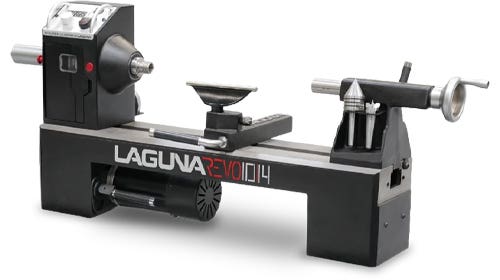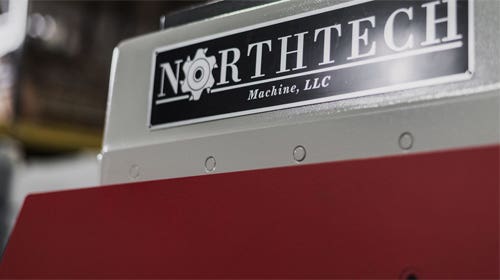Inventor offers blade-braking technology
David Butler, owner of Whirlwind Tool Co. in Cotuit, Mass., has received a patent on a table saw safety product called the Black Box, which features emergency-blade braking technology. Butler,…
David Butler, owner of Whirlwind Tool Co. in Cotuit, Mass., has received a patent on a table saw safety product called the Black Box, which features emergency-blade braking technology.
Butler, a woodworking hobbyist with a background in engineering, says the product is currently in a prototype state and is not available for sale, but he does hope to eventually market the design. He says it has significant differences from the SawStop safety device, which is only available on SawStop saws after failed licensing attempts with table saw manufacturers after its introduction more than a decade ago. The Consumer Product Safety Commission is currently considering a rule to mandate a SawStop or similar safety device on all new saws.
“I want to get as many products out as quickly as possible to deal with the terrible table saw carnage that’s going on. It’s just disgraceful, I think. I’m not looking to make any grand killing; I’m already retired. However, I would like to be compensated for the work that I’ve put in,” says Butler.
The Black Box is a bolt-on, removable device that can be used on an existing saw and other woodworking machines. Once the operator approaches or touches the clear blade guard fence wired to the Black Box, a proximity detector senses flesh and immediately shuts down the saw’s motor. The blade stops in about an eighth of a second without being damaged, according to Butler.
There are notable differences between the Black Box and SawStop’s safety device, Butler explains.
“We both use an electronic phenomenon known as capacitive touch sensing. [But] with the SawStop, the operator must touch the saw blade and, if that happens drastic action occurs, quickly destroying the blade and the sacrificial billet they use to slam into the blade.
“What my product does is sense the operator touching the outside of the guard before they can get to the saw blade. That can give them a lot more time and can stop the motor and the blade in less than one second, which should be before the operator can get to the blade if they’re doing things properly.”
Butler says that working with table saws properly is the very crux of the issue with his product. Many woodworkers take the blade guard off. In that case, Butler’s product won’t work because it relies on the guard being in place.
“Most of the cuts that are done on table saws can be done with a guard in place, such as this one. It’s not a cheap floppy guard by any means. The only thing I think you would need to remove the guard for is working on very large pieces of sheet goods where the guard is in the way and, when you’re doing those kinds of cuts, your hands are far from the blade.”
As far as safety regulations in the woodworking industry are concerned, Butler says he and other inventors of similar products are up against a perfect storm of resistance. The fear of liability is making everyone hesitant, even though it’s obvious something needs to be done.
“I think what’s going to happen is everyone is going to stand back and wait to see what the [Consumer Product Safety Commission] does. But the [Consumer Product Safety Commission] will take a long time to digest the information that they’ve been provided up to this point from the feedback they got from the Advanced Notice of Proposed Rulemaking on this issue. If they impose new standards, they will give the industry a few years lead time to pick up on the standards.”
Butler has solicited proposals to sell his product to manufacturers, but has not yet received a response, which he attributes to the fear of liability.
For information, visit www.whirlwindtool.com.
This article originally appeared in the June 2012 issue.







